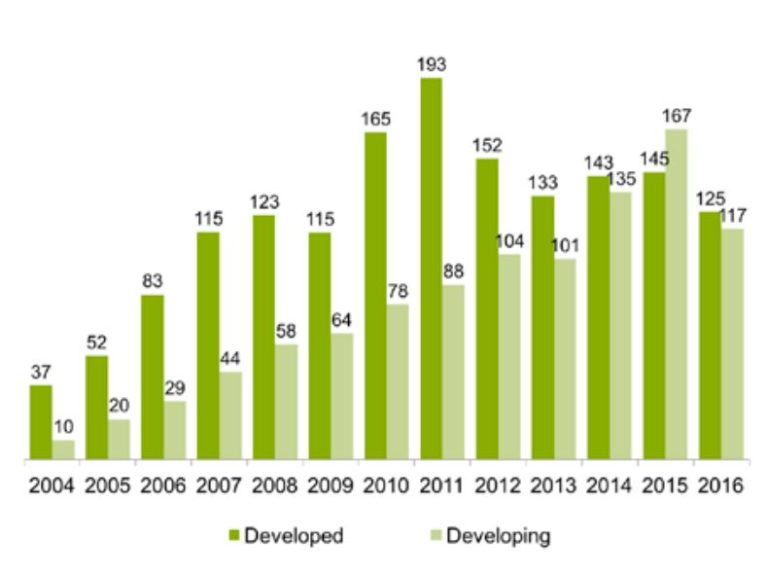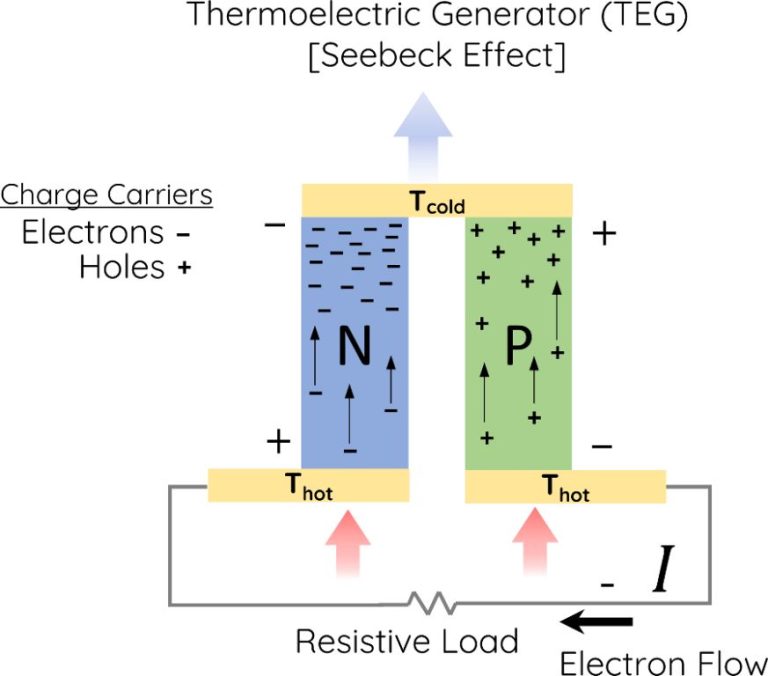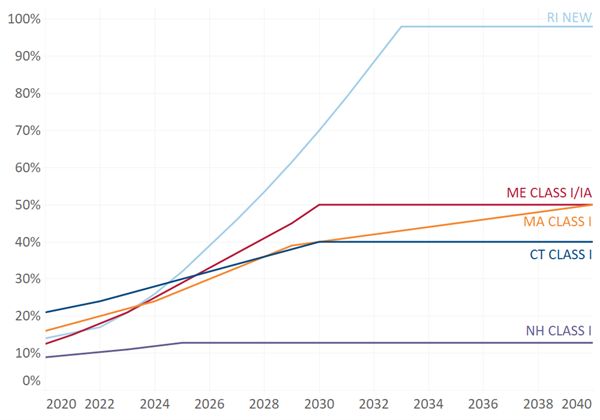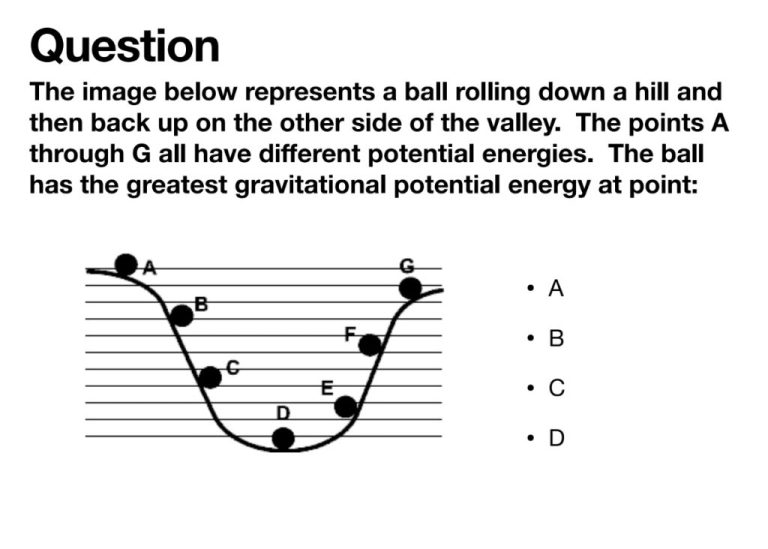What Energy Do Boats Use?
Boats are watercraft designed to float on water and transport people or cargo across bodies of water such as lakes, rivers, or oceans. Boats come in a wide variety of shapes and sizes based on their intended usage, from small rowboats and dinghies to large ships and cruise liners.
When it comes to powering boats, there are a number of different energy sources utilized based on the boat’s size and purpose. Smaller recreational boats often use manual power in the form of oars and paddles or outboard motors powered by gasoline. Larger ships rely on powerful diesel or nuclear engines. In recent years, electric and hybrid systems using batteries, solar panels, and fuel cells have become more common, especially in private boats and smaller watercraft.
The choice of energy source depends on factors like range, passenger capacity, and speed. More traditional fuels like diesel and gasoline provide high power but also come with environmental impacts. Newer energy technologies offer clean, quiet operation but may be restricted in range or capacity. This provides an overview of the different types of boat energy in use today.
Sailboats
Sailboats harness the power of the wind to propel them across the water. The wind pushes against the sails, providing forward thrust. This makes sailing one of the most energy efficient and environmentally friendly modes of boat transportation. Sailboats come in many different sizes, from small dinghies to massive superyachts. But they all rely on the same simple principle – wind power.
Modern sailboats use a variety of sail configurations to maximize performance. The most common are the sloop, with one mast and two sails, and the ketch which has two masts and multiple sails. The number, size and shape of the sails impacts the speed and handling. Skippers can adjust the sails to capture the optimal amount of wind for the conditions. Many racing sailboats also employ hydrofoils and canting keels to increase boat speed.
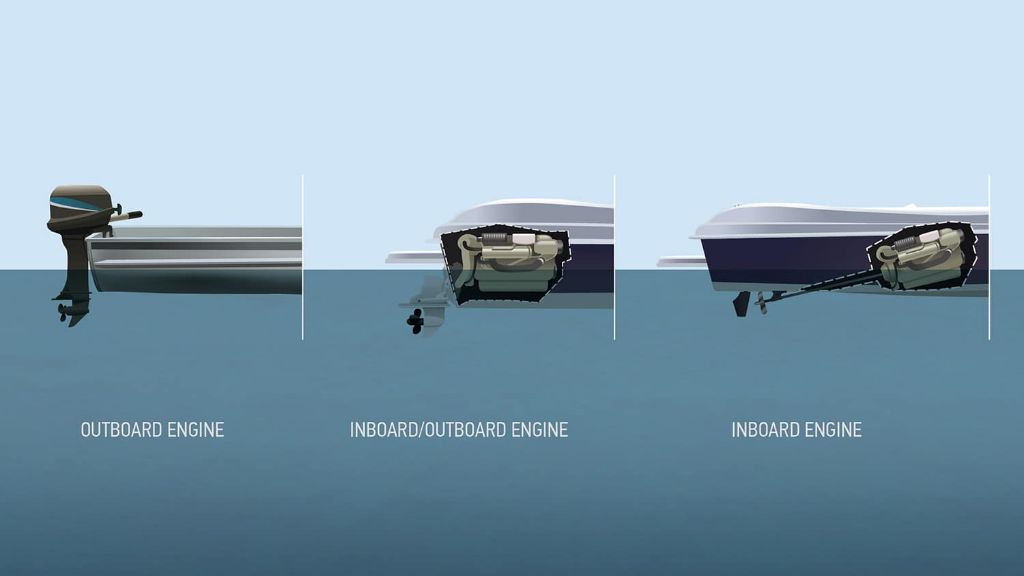
While the wind provides the propulsion for sailboats, sailors do need auxiliary power for tasks like raising anchors, turning the rudder, and powering onboard electronics. This is usually provided by an inboard or outboard motor running on gasoline, diesel or electric batteries. But the engine is secondary to the sails when it comes to driving the boat. Sailboats glide through the water without noise or exhaust polluting the environment around them.
Motorboats
Motorboats are watercraft powered by internal combustion engines fueled by either gasoline or diesel. Gasoline engines are lighter, more compact and commonly used for powerboats, speedboats and smaller vessels. Gasoline engines for boats have a power range from a few horsepower to several hundred horsepower. The carbureted two-stroke outboard is the most widely used marine gasoline engine, featuring portability, high power-to-weight ratio and reliability. Direct fuel injected two-stroke and four-stroke gasoline outboard motors are also popular.
Larger motorboats, commercial vessels and yachts often use heavy-duty diesel engines for propulsion. Diesel marine engines have a higher compression ratio and better efficiency compared to gasoline, providing more torque, power and range. Diesel is also safer to store since it’s less volatile. Common diesel engine configurations for boats include inboard, sterndrive and auxiliary. Large vessels may use multiple diesel engines for redundancy and can switch between cruising and high performance modes when necessary.
Electric Boats
Electric boats use electric motors powered by batteries to propel themselves through the water. Instead of relying on combustion engines like gasoline or diesel, electric boats take advantage of advancements in battery and electric motor technology to provide propulsion.
There are a few key components that make up electric boat propulsion systems:
- Electric Motor – This is connected to the propeller shaft and provides the power to turn the propeller using electricity from the batteries. Brushless DC motors are commonly used due to their high torque and efficiency.
- Batteries – Provide electricity storage to power the electric motor. Lithium-ion batteries have become the dominant battery chemistry used due to their high energy density and decreasing costs. Battery banks are sized according to the power and range requirements of the boat.
- Motor Controller – Controls the speed and direction of the electric motor by modulating the power from the batteries. Allows the boat operator to smoothly vary speed.
- Charging System – Used to recharge the batteries when docked. Can use shore power or integrate solar panels to enable charging while away from the dock.
Electric propulsion systems provide a clean, quiet boating experience without engine noise or exhaust fumes. They also have very low maintenance requirements compared to gasoline or diesel engines. However, range and recharging time remain key considerations when evaluating electric boats.
Solar Boats
Solar powered boats utilize solar panels installed on the deck or canopy to convert sunlight into electricity that can power electric motors, lights, appliances, and other electrical systems on board. The solar panels consist of photovoltaic cells made from materials like silicon that release electrons when exposed to photons from sunlight. This flow of electrons generates a DC electric current that can be stored in on-board batteries and converted into AC power as needed.
The amount of solar energy a boat can harness depends on the number and efficiency of solar panels, the boat’s location and exposure to sun, and the size of the electrical load. Large solar array installations can potentially meet 100% of a boat’s energy needs under optimal conditions. More commonly, solar provides a portion of a boat’s electricity as a renewable supplement to shore power, a generator, or battery banks. Some advantages of solar power for boats include reduced fuel costs, decreased noise and emissions, and the ability to recharge batteries continually whenever sunlight is available. Solar boats remain most practical for small to mid-size vessels with adequate surface area to mount a solar collecting system.
Fuel Cell Boats
Hydrogen fuel cells are increasingly being used to power boats as a clean energy alternative to fossil fuels. Fuel cells generate electricity through an electrochemical reaction by combining hydrogen and oxygen. This reaction produces only electricity, heat, and water as byproducts, making fuel cells emission-free.
For boats, the hydrogen fuel is stored in high-pressure tanks and then fed into the fuel cell. The fuel cell converts the hydrogen into electricity to power electric motors that propel the boat. Any excess electricity can be used to power onboard appliances and systems.
Fuel cell boats have advantages over diesel-powered boats in being quieter, more energy efficient, and better for the environment. However, challenges remain in terms of hydrogen storage and infrastructure to support refueling. Several companies are working to bring hydrogen fuel cell boats to market for recreational, commercial, and military use.
Some examples include the Hydra recreational boat concept with a 100kW fuel cell system. The Hydrogenics fuel cell ferry in San Francisco Bay. And Proton Motor Fuel Cell’s 120kW hybrid fuel cell system for canal boats. As the technology continues to advance, fuel cells have promising potential as a sustainable boating power source.
Hybrid Boats
Hybrid boats use a combination of an electric motor powered by batteries and a gas engine to provide propulsion. The gas engine charges the batteries which power the electric motor. This allows the boats to utilize electric power for quiet, emissions-free operation at lower speeds near shore or while trolling. The gas engine provides power for higher speeds and extended range offshore.
Hybrid systems are more complex than gas only engines but provide the efficiency and environmental benefits of electric drive along with the range of gas engines. Series hybrid configurations have the electric motor directly connected to the propulsion system while the gas engine serves as a generator to charge batteries. Parallel hybrids have both the electric motor and gas engine mechanically coupled to the drive system. Power can be provided by either or both depending on conditions.
Major hybrid boat manufacturers include Volvo Penta, Mercury, Torqeedo and BRP. Their systems allow boats to operate in electric only mode at lower speeds, then seamlessly switch over to the gas engine at higher speeds. This reduces engine noise and emissions near shore while still providing speed and range offshore.
Hybrid technology is advancing quickly in the marine industry. Costs are coming down as reliability improves. Hybrids reduce maintenance costs and save fuel for boat owners while also minimizing the environmental impact of recreational boating.
Nuclear Boats
Nuclear energy has been used to power some of the world’s largest ships and boats, mainly warships and icebreakers. The major advantage of nuclear power for boats is that it provides nearly unlimited range and endurance, allowing them to operate for long periods without refueling.
The United States Navy pioneered the use of naval nuclear reactors in submarines and aircraft carriers starting in the 1950s. Nuclear-powered submarines like the Los Angeles and Ohio class can operate for over 20 years before needing to refuel their reactors. Nuclear aircraft carriers like the Nimitz class can operate for over 20 years without refueling as well.
Nuclear reactors provide the propulsion power for these vessels through steam turbines. The reactors heat water to produce steam that turns the steam turbines and power shafts. This provides effectively unlimited range for nuclear submarines and aircraft carriers compared to conventional diesel or gasoline power.
Russia has built the most nuclear-powered icebreakers, including the largest nuclear-powered surface ship in the world, the Arktika. These icebreakers allow passage through the Arctic for commercial ships and keep Arctic ports accessible year-round. Nuclear power provides the necessary energy and range for continuous icebreaking operations.
While proven effective for military and icebreaking applications, nuclear power has not become widespread for civilian maritime uses due to high costs and regulatory restrictions. However, nuclear boats demonstrate the potential for nearly limitless energy for long-range oceangoing vessels.
Energy Efficiency
There are several ways boat owners can improve the energy efficiency of their vessels and reduce fuel costs.
Hull design – A boat’s hull design plays a major role in its energy efficiency through the water. Newer hull shapes like the “axe bow” are optimized to slice through waves while producing less drag. Catamarans with two slim hulls can also be very efficient.
Lightweight materials – Building boats with lightweight composite materials like carbon fiber reduces weight and fuel needs. Even replacing heavy interior furnishings with lighter weight options improves efficiency.
Efficient propulsion – Propellers, outboard motors, and stern drives can be selected for maximum energy efficiency. Features like counter-rotating dual propellers, propeller nozzles, and high-tech propeller designs reduce drag.
Clean hulls – Keeping boat hulls clean and free of fouling like barnacles reduces drag and improves motoring efficiency. New anti-fouling hull paints also help repel growth.
Weather routing – Planning routes to avoid adverse winds and waves allows boats to operate in optimal conditions. This reduces fuel burned battling heavy weather.
Slower speeds – Reducing cruising speed saves exponential amounts of fuel. Slow steaming allows engines to operate at peak efficiency.
Maintenance – Regular engine tune-ups, propeller balancing, and generator maintenance ensure optimal fuel burn and range.
Future Outlook
The future of boat energy is filled with exciting possibilities and innovation. As concerns about fossil fuel dependence and climate change grow, boat designers are exploring more sustainable energy solutions.
Electric propulsion is likely to become more common, with improved battery range and charging infrastructure. Hybrid systems that combine electric drive with an efficient generator or hydrogen fuel cell will maximize range. Solar power will be integrated into hull and sail design to supplement other energy sources.
Hydrogen fuel cells running on green hydrogen from renewable electricity offer emissions-free power with rapid refueling. Synthetic e-fuels produced from renewable energy can also enable carbon-neutral internal combustion engines.
Computer modeling and simulation will enable boat designers to optimize hulls for low-drag hydrodynamics and energy efficiency. Smart energy management systems will distribute power between propulsion, living needs and auxiliary systems.
Autonomous sailing drones could tap into wind and solar power for long-range travel with little or no fossil fuel consumption. Sails, kites and wings may experience a renaissance as cheap supplemental propulsion.
Boat sharing platforms and autonomous vessels will reduce energy use per passenger-mile. Strict emissions standards, carbon pricing and environmental awareness will accelerate the adoption of clean energy boats.

